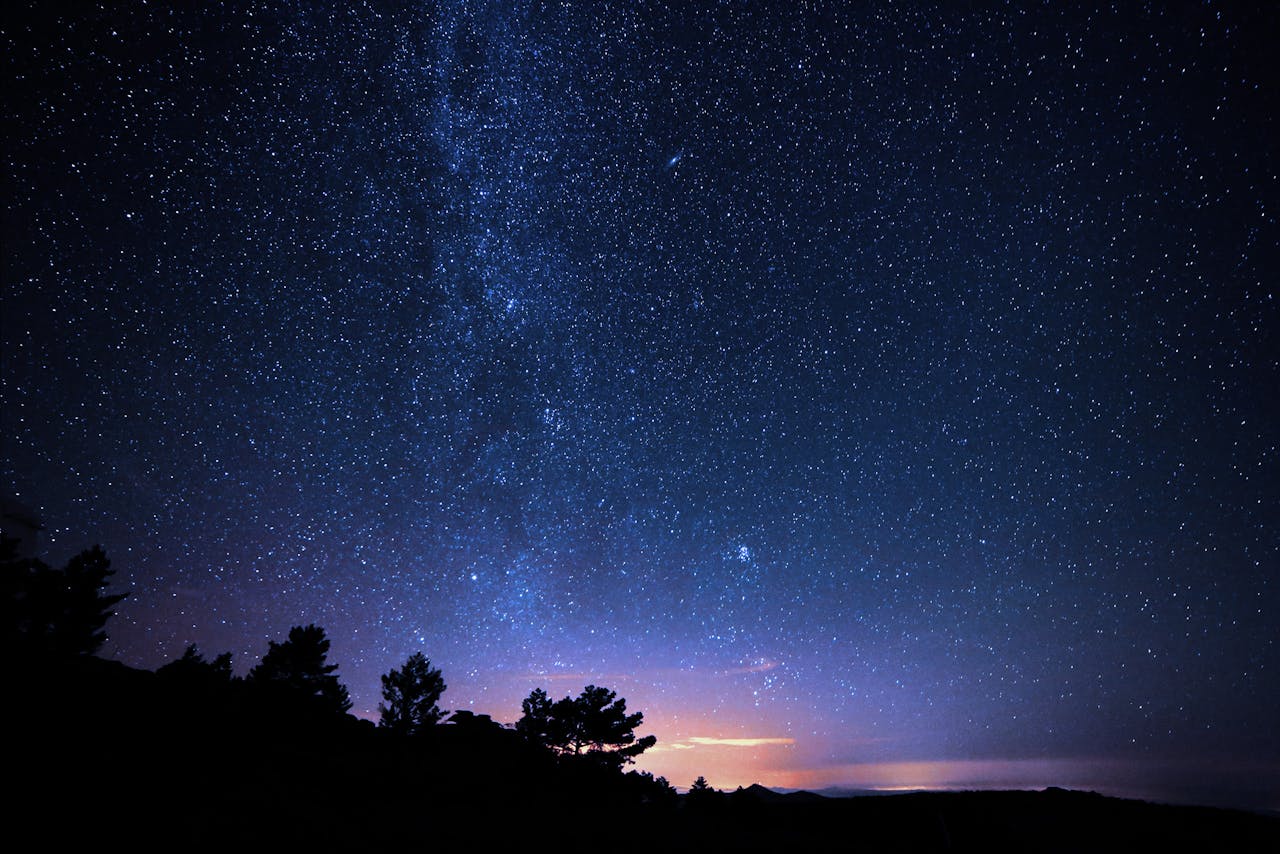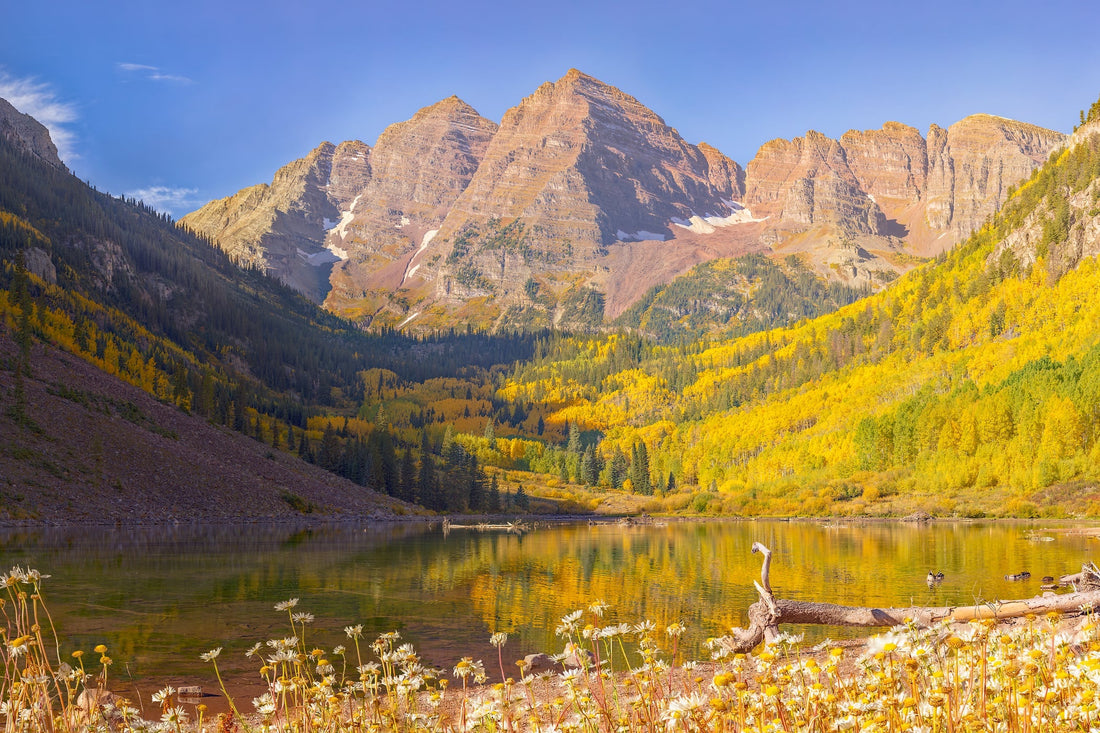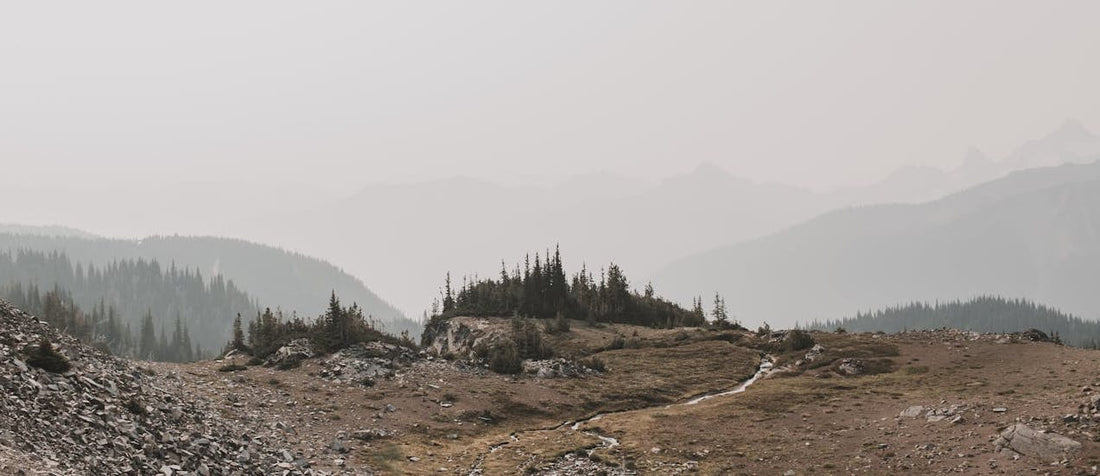Photo by Miriam Espacio: https://www.pexels.com/photo/silhouette-photo-of-trees-during-night-time-365633/
Night hiking offers a unique way to connect with the night sky, combining the thrill of exploration with the wonder of astronomy. If you’re an astronomy enthusiast looking to take your stargazing skills into the wild, this guide provides tips, recommended gear, and essential navigation techniques to help you navigate by the stars.
Why Night Hiking?
Night hiking is a blend of adventure and calm that changes our sense of direction and focus. Hiking under the stars allows for a deeper appreciation of celestial bodies and is especially enjoyable in areas with minimal light pollution. The experience offers an almost otherworldly quiet and beautiful view of the night sky—ideal for stargazers and those curious about celestial navigation.
Essential Gear for Night Hiking and Stargazing
When heading out for a night hike, the right gear ensures both safety and an enjoyable stargazing experience:
1. Red Light Headlamp: A red light headlamp allows you to see where you're walking without ruining your night vision, critical for spotting stars and reading constellations. Many headlamps have an option for red light, so be sure to check for this feature.
2. Stargazing App: Download an offline stargazing app like Star Walk 2, SkyView, or Stellarium, which can help you identify constellations and navigate celestial markers. Most apps include a “night mode” that preserves night vision.
3. Handheld Compass: While digital compasses on phones are helpful, a traditional compass can be more reliable and accurate in remote areas. Learning how to align it with celestial markers can be invaluable for stargazing and navigation.
4. Thermal Layers and Blankets: Nights are often colder than expected. Bring lightweight, thermal clothing and a packable blanket to stay warm during stargazing breaks.
5. Trekking Poles: Hiking poles add stability on uneven or rocky trails, which are harder to spot in low light. They can prevent falls and offer added balance on unfamiliar trails.
6. Illuminated Leg Gaiters: This patented lighted shoe accessory is the perfect addition to any night time adventures. These cast an even layer of light along the ground for optimal visibility.
Tips for Reading the Night Sky
Understanding how to navigate using stars is empowering and a great skill to practice during a night hike. Here’s a guide to getting started:
1. Locate the North Star: The North Star, or Polaris, is a reliable guide, as it is always located directly north. To find it, locate the Big Dipper, then follow the two stars at the end of the “bowl” of the dipper—they point directly to Polaris.
2. Use Constellations as a Guide: Constellations such as Orion, Cassiopeia, and the Southern Cross (in the southern hemisphere) can help orient you. Each season has its own prominent constellations, so consider planning a hike around peak viewing times for the ones you want to spot.
3. Celestial Sphere Concept: Think of the night sky as a dome that rotates around Polaris in the northern hemisphere. This perspective helps you understand which constellations will be visible at different times during the night.
4. The Moon as a Marker: The moon’s position in the sky changes nightly, and it rises in the east and sets in the west, similar to the sun. This movement can serve as a guide when trying to stay oriented.
Navigational Techniques for Night Hiking
To make the most of your night hike and ensure a safe journey, try these celestial navigation techniques:
1. Use the North Star as a Bearing Point: In the northern hemisphere, Polaris is always north. Once located, you can use this as a reference point throughout the hike to avoid getting turned around on dark trails.
2. Identify East and West with Orion: In the northern hemisphere, Orion rises in the east and sets in the west. This orientation can help you if you need a secondary marker, especially when the North Star isn’t visible.
3. Look for the Ecliptic Plane: The ecliptic is the apparent path the sun takes across the sky, and the moon and planets follow this same path. This helps you understand where east and west are, even if you’re in an area where terrestrial landmarks are obscured.
4. Reading Star Trails: As the night progresses, stars move across the sky in circular patterns around Polaris in the northern hemisphere. Learning to recognize this movement can give you a sense of time and orientation as the night unfolds.
Safety Considerations for Night Hikers
Night hiking has its challenges, so taking extra safety precautions is essential:
- Stay on Marked Trails: Unmarked trails are harder to navigate at night. Stick to designated paths, and if possible, choose a trail you’re familiar with to avoid surprises.
- Hike in Pairs or Small Groups: Nighttime disorients our sense of depth and distance. Having a hiking partner or small group adds safety and support.
- Check the Weather and Moon Phase: Clear skies are ideal for stargazing, but even partly cloudy skies can obscure stars. Also, a new moon provides darker skies for better stargazing, while a full moon may be too bright.
Best Locations for Night Hiking and Stargazing
For the best experience, head to locations known for low light pollution and open, unobstructed views of the sky:
- National Parks with Dark Sky Certifications: Many U.S. national parks, like Bryce Canyon, Big Bend, and Grand Canyon, are designated dark-sky parks and offer optimal stargazing conditions.
- Mountainous Regions: High altitudes provide clearer views of the stars, and the cooler temperatures often bring drier, more transparent air.
- Desert Landscapes: Arid desert regions in the Southwest or parts of the West Coast are prime stargazing locations, especially during cooler seasons.
Final Thoughts
Night hiking for astronomy enthusiasts is an exhilarating way to connect with the universe. By combining basic stargazing knowledge with practical navigation techniques, you can turn any night hike into an awe-inspiring journey. Whether you’re a seasoned hiker or a novice stargazer, night hiking offers endless possibilities for exploring the skies.






